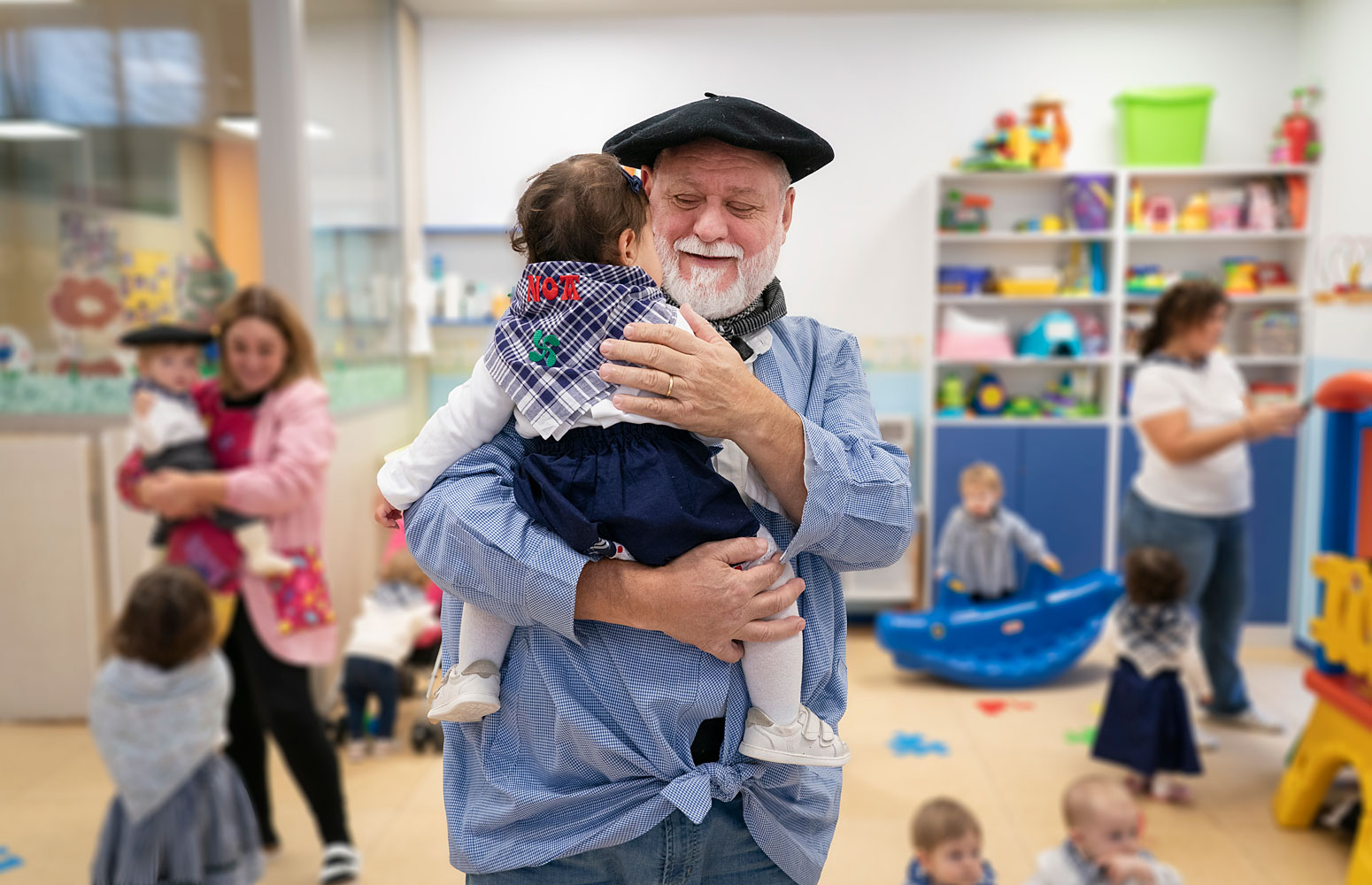The Signal Processing and Radiocommunications group of the UPV/EHU-University of the Basque Country has developed, in collaboration with other groups, a new technique for using TV channels on the UHF band, which significantly improves the use of the radioelectric spectrum. This system has been chosen as the technology for the new digital standard in North America.
-
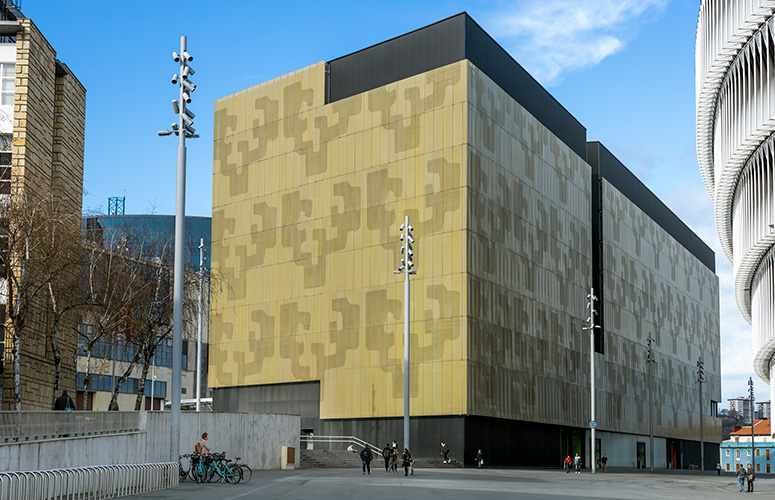
Teknikarien eta kudeaketako eta administrazio eta zerbitzuetako langileen 2024ko LEP onartu du UPV/EHUk
-
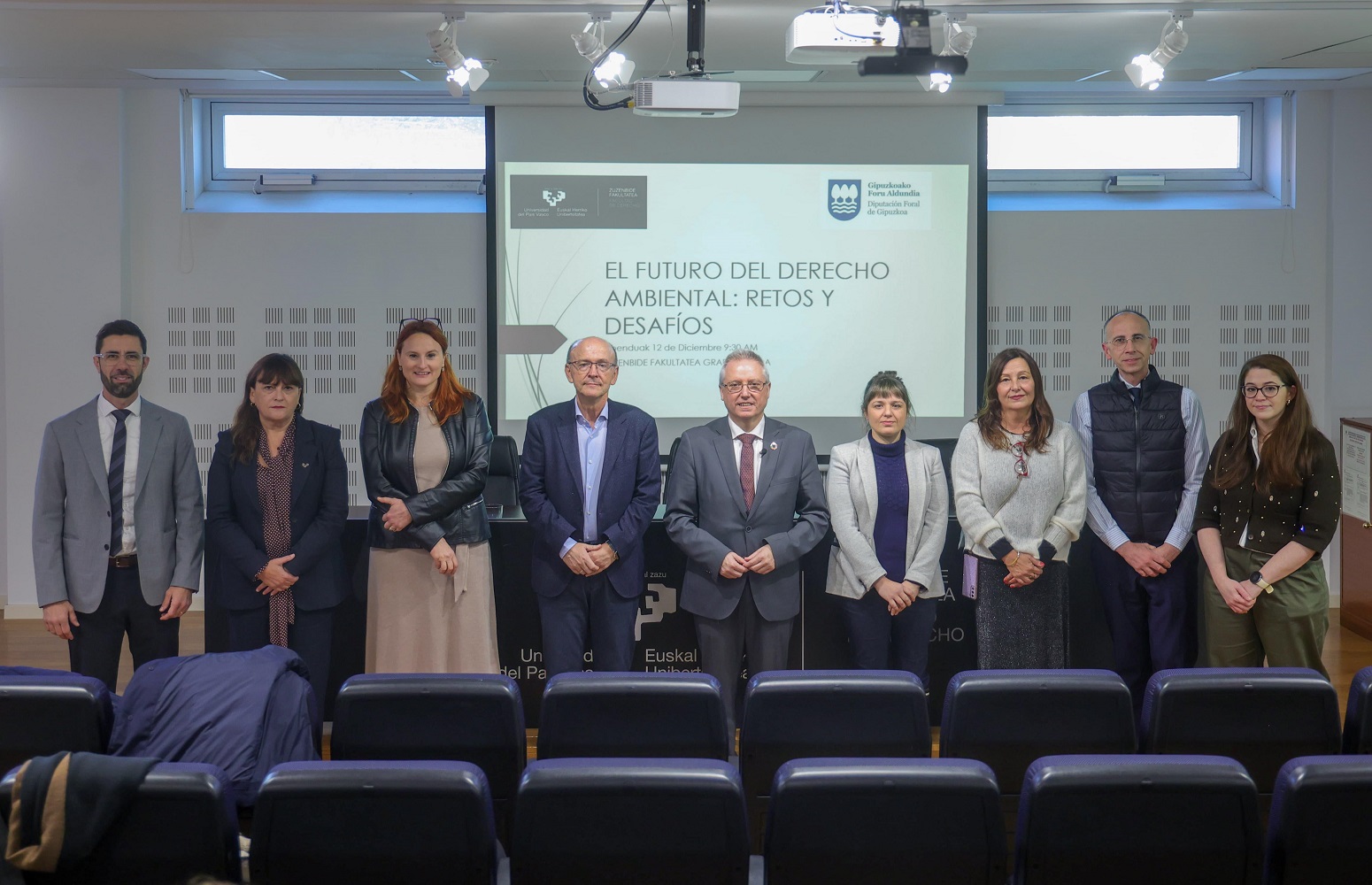
Ingurumen-zuzenbidearen inguruan lehen Jasangarritasun Gela aurkeztu dute
-
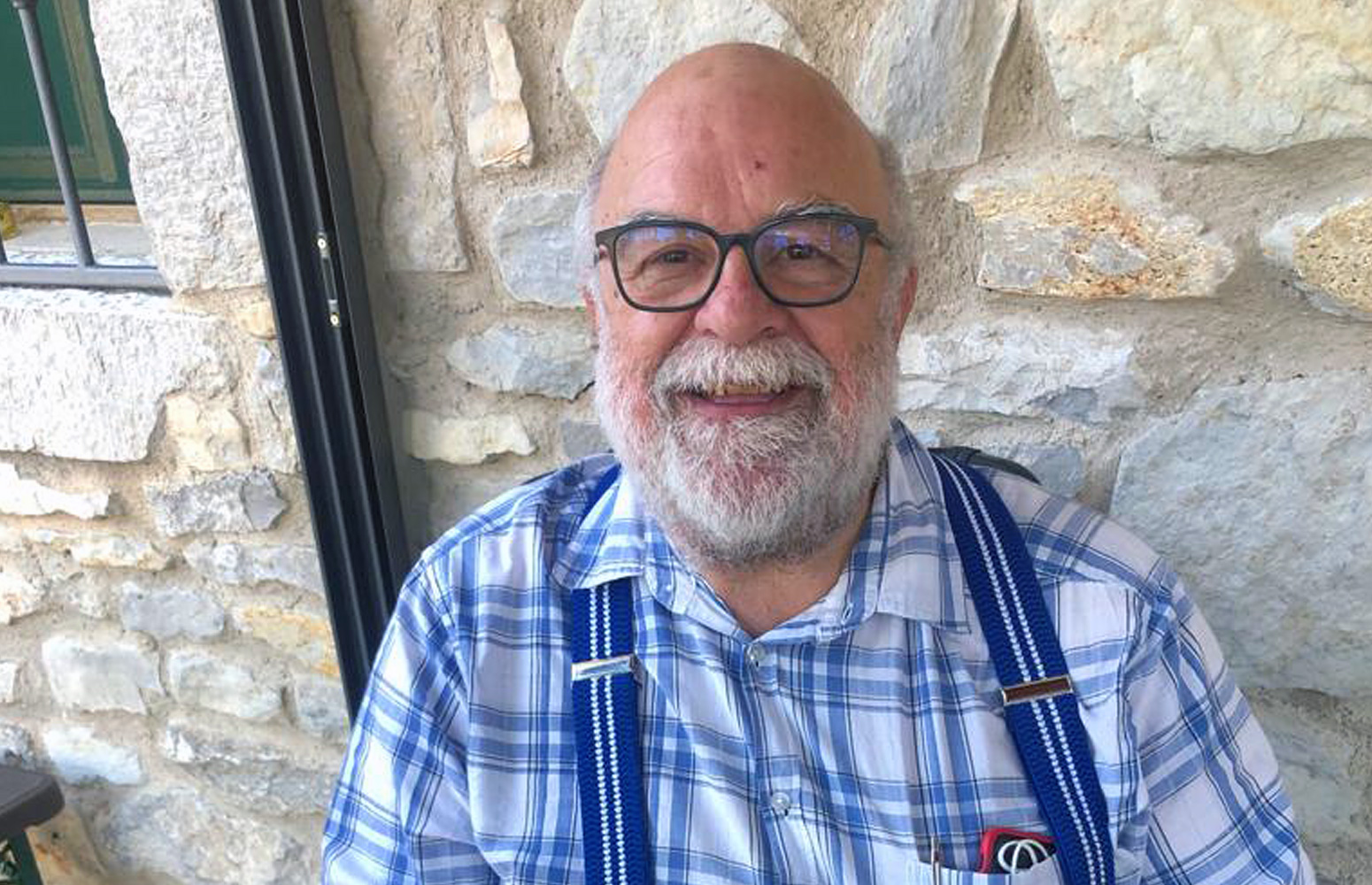
In memoriam: Eduardo Angulo
-

11-12 urtekoek smartphoneak nagusiki hitz egiteko erabiltzen dituzte
-

Hondakin organikoak murriztearen garrantziaz DBHko ikasleak ohartzeko proiektua
The new digital TV standard in the United States incorporates technology developed at the UPV/EHU
The LDM system developed at the Faculty of Engineering in Bilbao is a worldwide reference in the field of broadcasting
- Research
First publication date: 25/05/2015
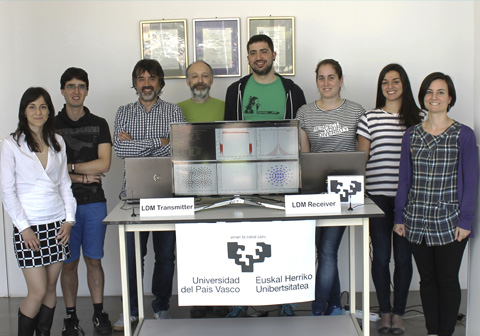
The United States is preparing what will be its future digital TV standard that will allow Ultra High Definition (UHDTV)services to be offered. The standardization process is being conducted at the Advanced Television Systems Committee (ATSC), in which the UPV/EHU is actively participating through its TSR (Signal Processing and Radiotelecommunications) research Group of the Faculty of Engineering in Bilbao.
Over the last two years, the lecturers Manuel Vélez and Pablo Angueira have been leading a project in collaboration with the Communication Research Centre (CRC) of Canada and the Electronics and Telecommunications Research Institute (ETRI) of Korea; the final result is a new technique for using TV channels on the UHF band: the LDM (Layered Division Multiplexing) system, which significantly improves the use of a scarce resource like the radioelectric spectrum. With this system it is possible to use the same frequency for broadcasting various multimedia services of different types, like TV on mobile phones, and Ultra High Definition TV (UHDTV), data, etc. This new technology has rapidly become a worldwide reference in the field of broadcasting, and has been accepted as the basis for a new ATSC 3.0 standard.
A system developed within the framework of a PhD thesis
The bulk of the LDM developments fall within the framework of an international thesis by the PhD student Jon Montalban entitled Solutions for new terrestrial broadcasting systems offering simultaneously stationary and mobile services. This thesis has developed part of the basic algorithms for an LDM system receiver to function. These algorithms allow various TV transmissions to simultaneously use a single frequency in a continuous way in time; to do this, the receiver has the necessary intelligence built into it enabling it to discriminate between each of the services it is simultaneously receiving. Another of the significant contributions made by this thesis was the presentation of the first real data, relating to simulations as well as to those in the laboratory, on the performance of the system. These results, together with other data obtained by his collaborators, have resulted in LDM being selected as the technology in the afore-mentioned North-American ATSC 3.0 standard.
The PhD thesis has received various prizes, including the award for the best contribution at the IEEE Broadband Multimedia Systems and Broadcasting international congresses in 2014 and 2015, held in Beijing and Ghent (Belgium), respectively. It is also worth highlighting that in 2014 the TSR group presented the first SW receiver on the market compatible with LDM technology. The group also took the technology to various international events, including the NABSHOW 2015 fair in Las Vegas, which brings together over 100,000 professionals in the sector and where the UPV/EHU had its own stand to showcase the transmission and reception prototypes developed in the TSR group.
Additional information
Since the early 1990s, the Signal Processing and Radiocommunications (TSR) group of the UPV/EHU's Faculty of Engineering, led by Professor Dr Juan Luis Ordiales-Basterretxea, has participated in a whole host of research projects with companies and public bodies. Featuring among them all is the work conducted to develop, specify and test all kinds of radio and TV systems: DVB-T, DVB-T2, DAB, DRM, etc. The outcome of this work over the last ten years has provided the scientific community with over 50 articles in journals, 100 papers at conferences, as well as various scientific books and reports for the leading standardization bodies. The group is an international benchmark in multimedia transmission systems and has since 1997 participated in the development of various standards with R&D&i projects in many different countries, such as the USA, Germany, Brazil, Mexico, India, Italy, etc.
Bibliographical references
Montalban, J.; Vélez, M.; Angulo, I.; Angueira, P; Wu, Y. "Large size FFTs over time-varying channels," Electronics Letters, vol.50, no.15, pp.1102,1103, July 17 2014.
J. Montalban, Liang Zhang, U. Gil, Yiyan Wu, I. Angulo, K. Salehian, Sung-Ik Park, Bo Rong, Wei Li, Heung Mook Kim, P. Angueira, M. Velez. "Cloud Transmission: System Performance and Application Scenarios," Broadcasting, IEEE Transactions on, vol.60, no.2, pp.170,184, June 2014.


